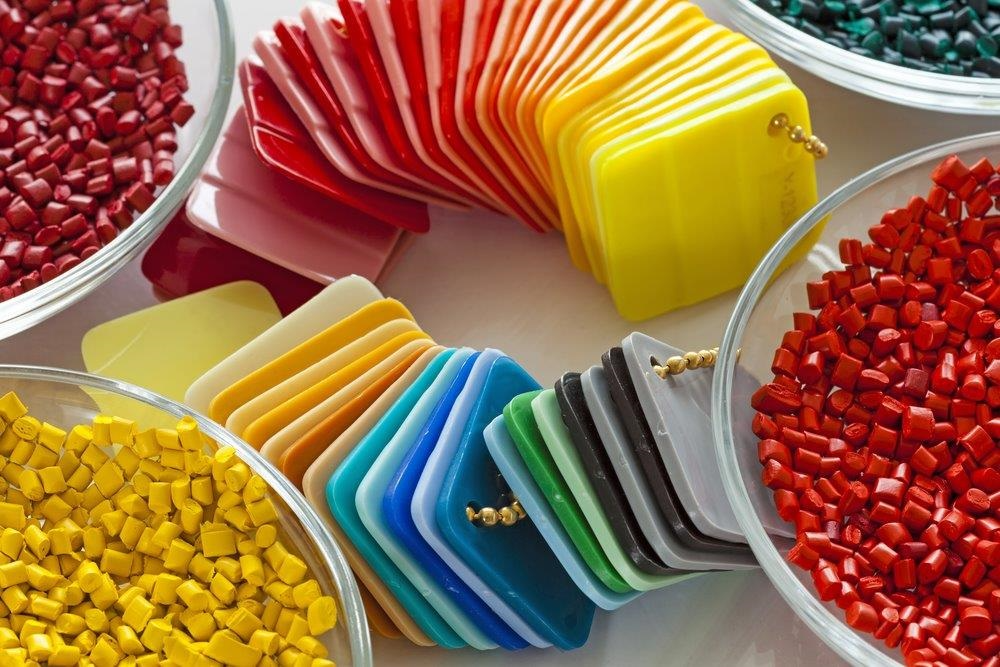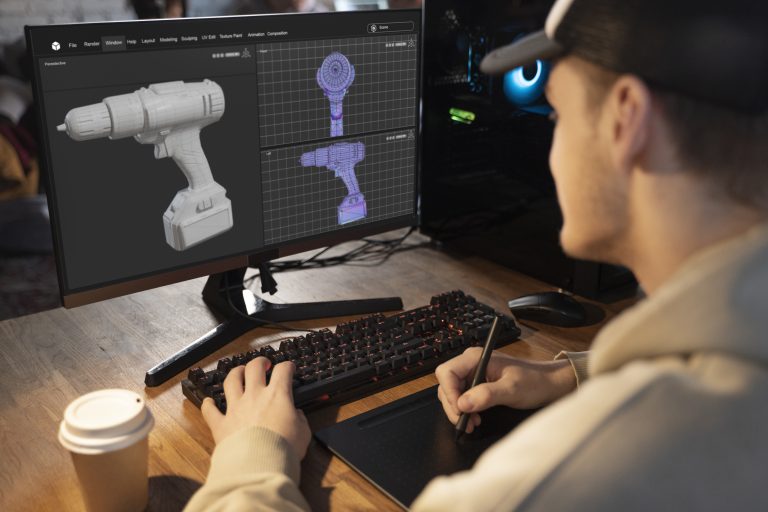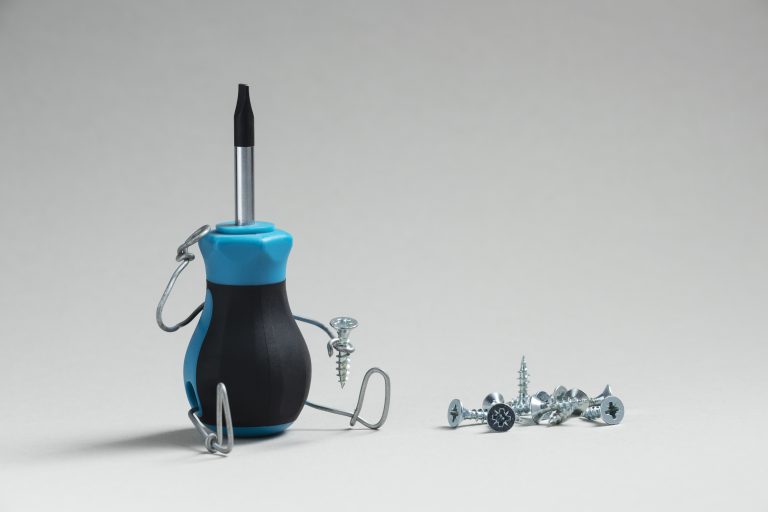Plastic polymers are incredibly versatile materials, which is why they are commonly used in injection molding. Plastic molded products are used in multiple sectors, from food and drink packaging to textiles; electronic components to medical devices and more. The demand of plastics in the world is increasing and 368 million metric tons of plastics was produced in 2019. The types of plastic range from thermoplastics to thermosets. Thermoplastics are the more common types of plastic that go through a melting process. Thermosets on the other hand are less common and cannot be melted down like thermoplastics.
Plastics can be formed into any shape and be manufactured in a wide array of colours and finishes. Designs and text can be added very easily too, to enable customer branding, safety instructions etc. Generally, plastic is lightweight, straightforward to keep clean, easily recycled and can be hermetically sealed for optimum protection.
9 Common Types of Plastics Used in Injection Moulding
Here are some of the more common types of plastics materials used in the injection molding process and some of their properties and benefits for various industries and applications.
1. Polyvinyl Chloride (PVC)
This is a highly popular, versatile synthetic plastics polymer. It is one of the most popular types of plastic which has different forms for ultimate flexibility. The softer, more malleable form is used in a wide range of food packaging , packaging of drinks, textiles, advertising vinyl signs and labelling. The material is also used to encase copper wiring due to its excellent insulating properties. In its more rigid form, PVC makes a good material for drinks bottles, children’s toys and water pipes.
2. Polypropylene (PP)
This flexible polymer is used a lot to produce a plastic film for packaging and labelling. Its strong resistance to chemicals, solvents and acids, along with its low-friction surface and hygienic finish, help to protect delicate contents inside. Plus, it can keep edible or sterile medical contents free from contamination. PP is also used in the textiles industry, including carpet and rug fibres. It is also sometimes used for common household items in its rigid form, such as washing up bowls, microwavable dishes and storage containers.
3. Polyethylene Terephthalate (PET)
PET is another of the more commonly used injection moulded plastics. It can be used for food and drinks jars, bottles and containers. PET has an aesthetically pleasing finish and works well for branded goods. PET is also frequently used in textiles, where it is usually known as polyester and is prized for its durability and resistance to damage. PET can be recycled easily, adding to its sustainability credentials.
4. Polymethyl Methacrylate (PMMA)
This polymer takes on a transparent appearance following injection molding, making it a perfect types of plastic for alternative to the glass where safety is paramount. PMMA is also known as acrylic, Perspex or Plexiglass and is used a lot in the retail and commercial sectors for screens, advertising and rigid packaging that shows the contents inside. It is also used for glasses, contact lenses and other optical devices. PMMA is tough and reliable, coming in sheet form or injection molded to fit precise customer specifications.
5. High Density Polyethylene (HDPE).
HDPE is a types of plastic made from petroleum. It offers customers a high strength to density ratio and is often used to manufacture water and gas pipes, plastic bottles for drinks, shampoo and conditioner packs and dispensing pumps for cosmetics and beauty creams. HDPE also has excellent insulation properties, so is commonly used where chilled or frozen goods need to remain at a constant temperature while they are transported where they need to be.
6. Low Density Polyethylene (LDPE)
LDPE is another common thermoplastic made from petroleum. It is flexible with high ductility and low tensile strength. LDPE is used to make plastic bags, bin liners, food trays, computer components and floor tiles. It is lightweight and easy to keep clean due to its smooth surface finish.
7. Acrylonitrile Butadiene Styrene (ABS)
ABS is one the common types of plastics which is transparent, durable plastic that is used as a glass alternative. This could be for safety or aesthetic reasons. ABS is popular in the cosmetics and beauty sector for protective packaging that allows customers to see the products inside. It can be manufactured to look clear or it can be made in any colour to match branding. This product is excellent for jars, containers and pots for serums, creams, lotions and waxes, as well as for children’s toys, such as plastic building blocks. ABS also works extremely well with 3D printing techniques.
8. Styrene Acrylonitrile (SAN)
SAN is an older plastic used in the injection molding process. It has largely been surpassed by Acrylonitrile Butadiene Styrene (ABS) now, but it can still be found in industrial applications. SAN is rigid, transparent and durable, offering excellent protective and hygienic properties. The polymer chains accept colour and print easily, so it can be used for branded packaging, advertising and warning signage. It also insulates very well, so is still used in thermally insulated household goods such as coffee jugs and flasks.
9. Polystyrene
This is one of types of plastic commonly used as packaging for delicate items while they are in transit. It can also be used for disposable cups and single-use medical devices. Polystyrene is naturally transparent, soft and resistant to damage from sudden impacts, which is why is it such prized protective packaging material. Like other polymers , it can be formed into any shape, size and colour.





